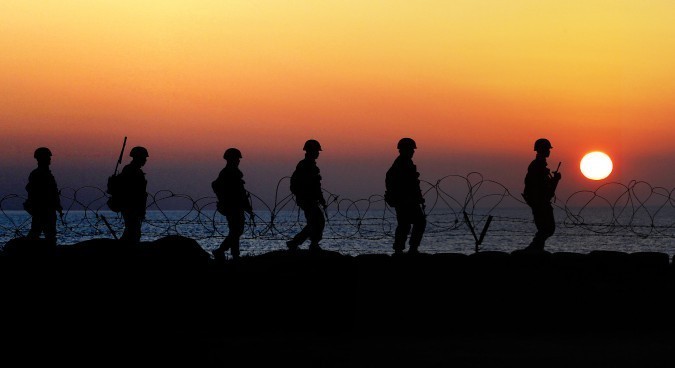- Joined
- Aug 1, 2015
- Messages
- 273
- Points
- 0
N. Korean purge rumors don’t mean instability: Report
Kim Jong Un trying to downsize military leadership positions to overcome inefficiency, expert says
October 1st, 2015
Ha-young Choi

A report published last week on the dynamics in the North Korean power elite under Kim Jong Un asserted that there is a “low possibility of instability” in the North Korean leadership.
In it the report’s author Cheong Seong-chang, chief of the Unification Strategy Team at the Sejong Institute, asserts that the dismissal of officials doesn’t necessarily mean they have been “purged,” saying that it appears only two officials – Ri Young Ho and Hyon Young Chol – have been purged. Among the two, Hyon is the only one reportedly executed, the report reads.
Cheong also criticized the prevailing analysis about Kim Jong Un’s “immature” leadership skills in comparison to Kim Jong Il, his father and North Korea’s previous leader. He writes that it is inappropriate to judge the stability of the leadership simply by Kim Jong Un’s young age.
“Kim Jong Il excessively promoted officials to the position of general, promoting 524 to major general and 96 to lieutenant general in April 1992 to attain their loyalty, which resulted in the privileged, inefficient character of the Korean People’s Army,” Cheong writes in the report.
He explained that Kim Jong Un is currently downsizing the higher echelon of the North Korean army, which had become too old and bloated during the Kim Jong Il era, by strengthening training and demoting officials.
Cheong also traced the change of three pivotal positions, including the General Political Bureau (GPB), chief of the General Staff and the Ministry of the People’s Armed Forces (MPAF).
Specifically, Cheong writes that the position of head of the MPAF has changed frequently, as it requires proven leadership due to the frequent input of the military into construction projects.
“Over three years and nine months, the head of the MPAF changed five times due to various reasons like a generational transition, insufficient leadership, a promotion and a purge (in Hyon’s case),” the report reads. Currently Park Young Sik is serving in the position.
As Park is from the GPB, the influence of political officials over the military will grow, as will the control of Kim Jong Un and the Workers’ Party of Korea, the report reads.
Cheong writes that former officials like Kim Young Chun and Kim Jong Gak, formerly of the MPAF, and Ri Myong Soo, the former Minister of People’s Security, took other positions after dismissal and were well-treated as senior staff.
“It is not true that Kim Jong Un is mainly depending on purges to dominate the military,” Cheong writes.
As a policy proposal, Cheong suggested that South Korea should prepare its response to North Korean military power, which is reforming to become an army that can actually fight.
Featured Image: Korea Central News Agency


























